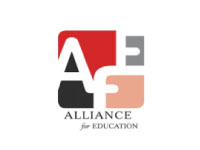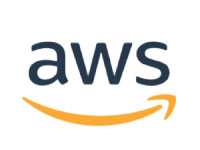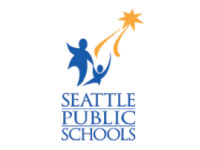Family Tech Support Center
A Public-Private Partnership Between Seattle’s Tech Industry and Public Schools
On March 12, Seattle Public Schools closed all of its buildings to comply with Governor Inslee’s emergency order to help contain the spread of COVID-19. The district was forced to pivot in record time, not only to make sure students were able to access basic needs services that they depend on schools for, but also to provide instruction remotely.
To help students who did not have devices at home stay connected to learning, Amazon donated nearly 9,000 laptops directly to families. To maximize the impact of Amazon’s donation, sea.citi created the Family Tech Support Center (FTSC) — a public-private partnership between sea.citi, Seattle Public Schools, Alliance for Education, and parent and tech volunteers. With donated hardware and software, volunteer power, and cross-sector coordination the FTSC enabled hundreds of students’ access to online learning to support their educational success and mitigate setbacks during this time of crisis.
Though this was not a research project, volunteers were able to gather data in the course of FTSC’s operations. In eight weeks, the Family Tech Support Center fielded approximately 2,500 calls, making 631 unique contacts with families through direct inbound and outbound calls to the FTSC. Outreach calls were made to an additional 997 families who received a donated laptop and whose children attend the district’s highest-needs schools.
sea.citi analyzed the breadth of issues experienced by 391 families who called in to arrive at the following insights:
- Digital literacy support must be comprehensive and not take basic measures for granted.
- Technology tools from the district were often unfamiliar to families.
- True tech support issues were often complicated by other in-home complexities.
- Platforms used for content delivery created unexpected barriers.
- Decentralized education and multi-channel tech support made navigating challenges difficult.
- Established communication channels are less effective when divorced from in-person interactions at school buildings.
You can see the kinds of support families requested here:












